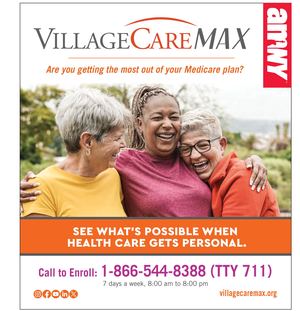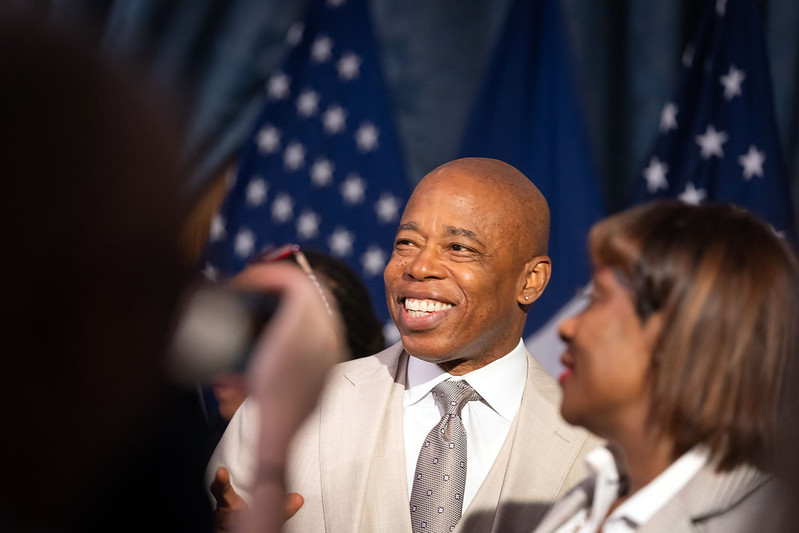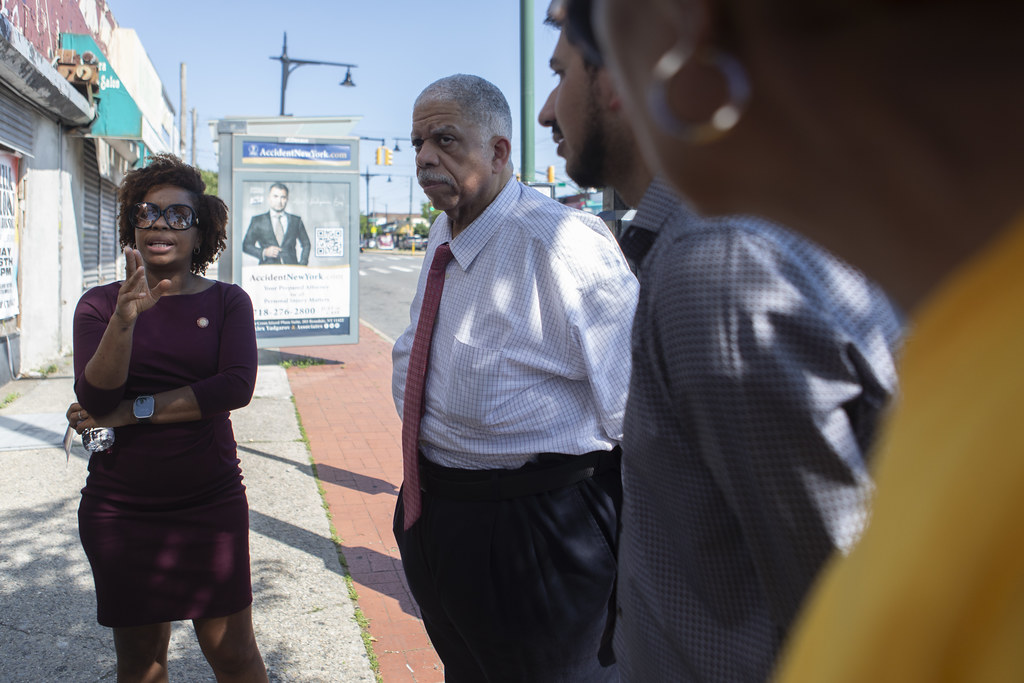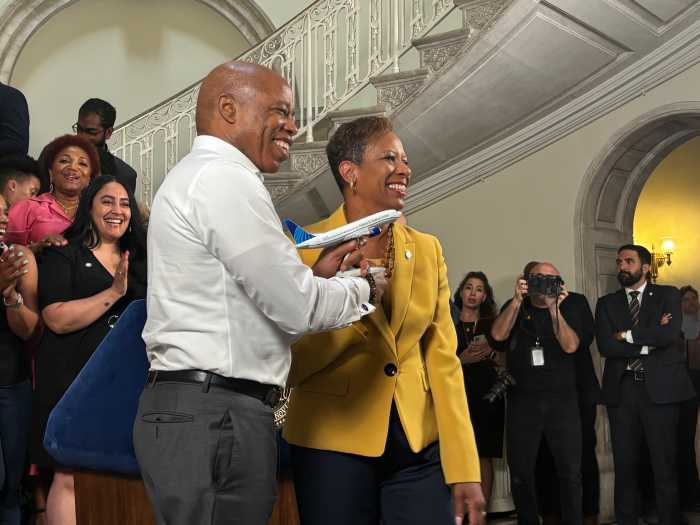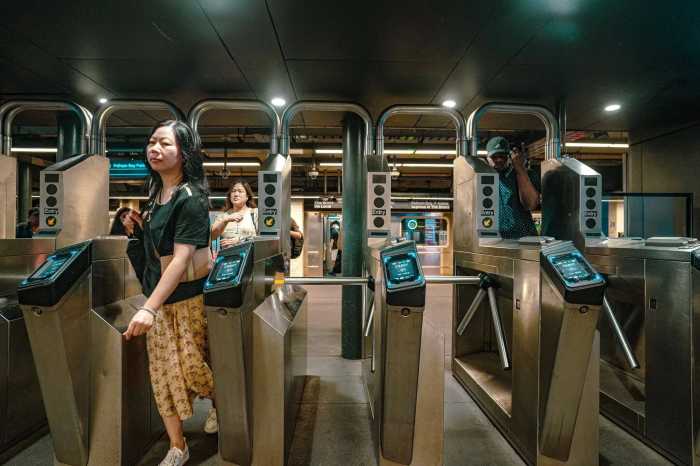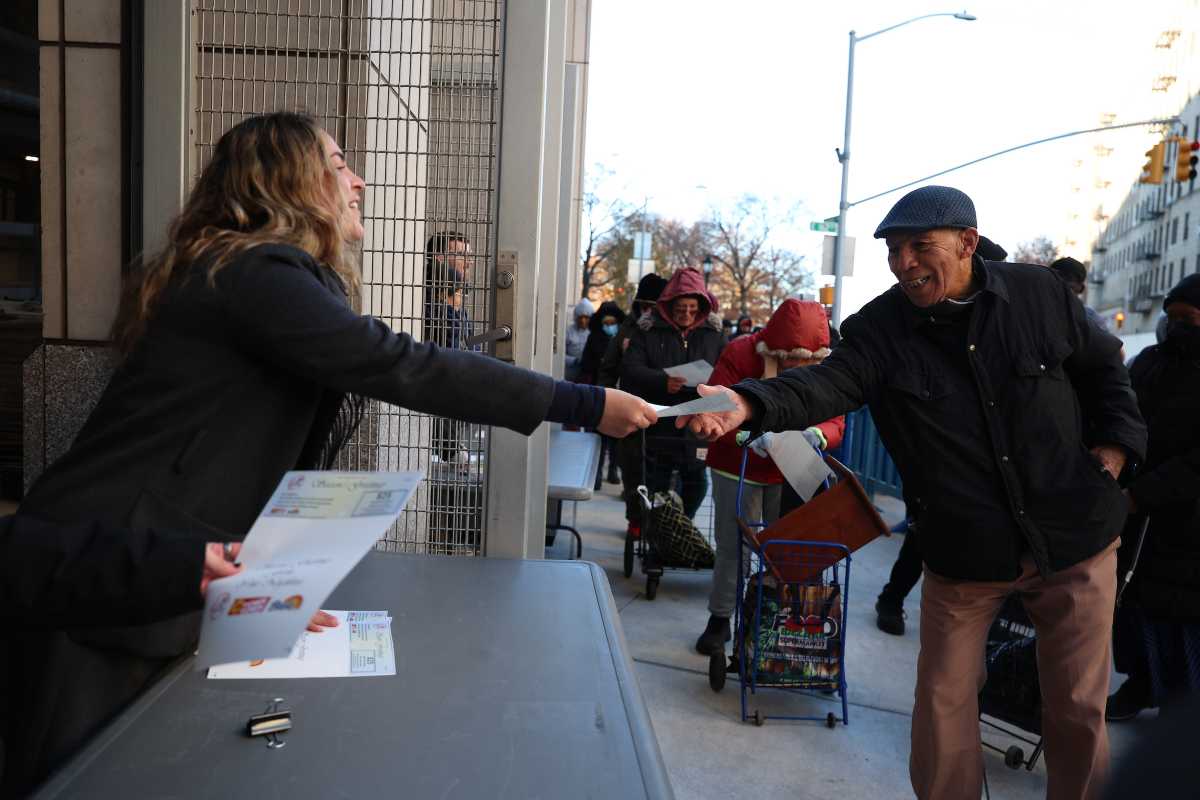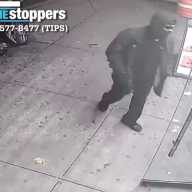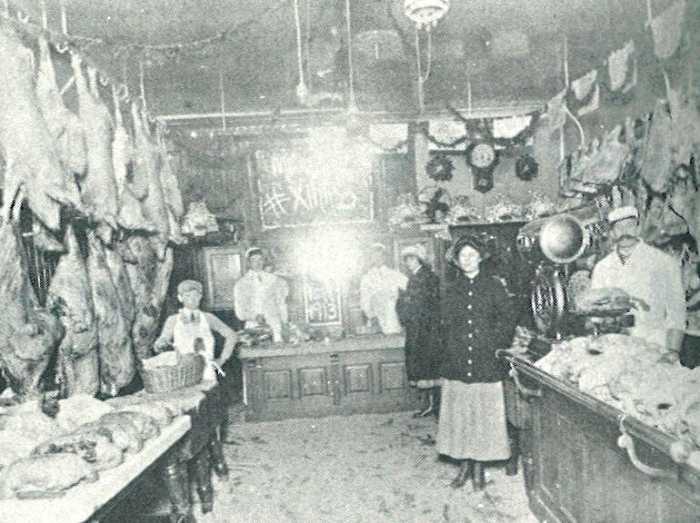Mayor Eric Adams announced on Monday an effort to screen for and educate New Yorkers from “underserved” neighborhoods across the Big Apple about which public benefits they may be eligible to receive.
Dubbed “Money in Your Pockets,” the initiative will see over 300 city employees with the Public Engagement Unit (PEU) and other agencies, as well as CUNY students, fan out across 20 underserved neighborhoods to assess if area residents qualify for any one of 70 city, state and federal benefits programs. Those include cash assistance, the Earned Income Tax Credit and Fair Fares, the city’s reduced fare MetroCard program.
The initiative is aimed at helping low-income New Yorkers save money by assisting them in enrolling for public benefits to which they may not have previously known they were entitled.
“Government needs to meet the people,” Adams said during an Aug. 26 news conference. “The people should not have to meet the government. You may not have a MetroCard to come downtown. So we need to come downtown to see you and communicate with you in the community, and communicate with you in the community.”
The administration also launched an online guide with links to eligibility criteria and applications for over 40 of the benefits at nyc.gov/moneyinyourpocket.
PEU Executive Director Adrienne Lever said that what distinguishes the new initiative from the agency’s previous benefits outreach efforts is the ability to assess people’s eligibility for a broad swath of programs rather than a specific one.
“What we are doing is going out into every single community, knocking on doors and bringing the screening tool,” Lever said. “And that’s really the biggest expansion, is that we’re trying to say … so many people are eligible for so many different things and we need to be able to give them that information as much as possible at the same time.”
Lever added the agency will be following up with every individual it has screened by phone in the weeks after the interactions.
Adams said this hands-on approach will help fill in the gap until his administration develops a technological platform allowing the city to identify who qualifies for what benefits, which he said it is actively working on.
“You should not have to wonder what you’re eligible for,” he said. “If we have your number, your social security number, your address and all your date of birth, we should be contacting you saying, ‘This is what you’re eligible for based on our analysis.’ That’s the next level we’re trying to get you.”
Read More: https://www.amny.com/politics/
